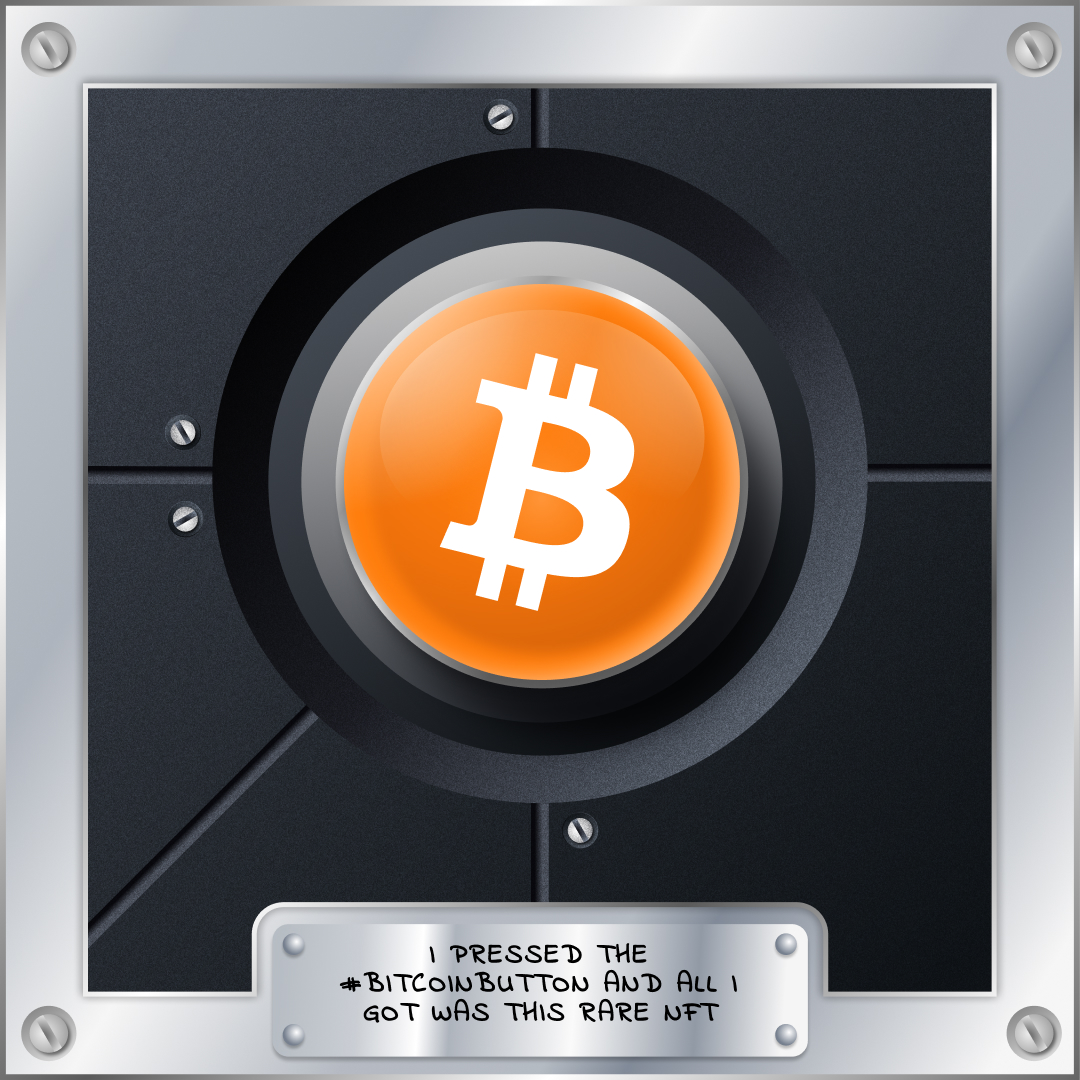There are thousands of digital currency wallets on the market, and they are countless. However, they can be said to be mixed, so you must keep your eyes open when choosing one. In order to make it easier for everyone to choose, I first divide wallets into two categories: hot wallets and cold wallets.
The so-called hot wallet is a wallet in which the key is stored on an Internet-enabled mobile phone or computer, and can be used to authorize transfers or perform smart contract operations at any time through wallet software signatures.
This is a wallet form that everyone often uses, including Little Fox Metamask and IMTOKEN. When using a hot wallet, the first thing you should pay attention to is to download it from an app store such as the App store or Play store. It is really impossible to download it through the app store. You must also download it from the official website of the corresponding wallet.
A cold wallet is a wallet in which the keys are stored on a tool that is not connected to the Internet. We further subdivide it into: paper wallet, brain wallet and hardware wallet.
The so-called paper wallet means that the key is written on paper or engraved on a wooden or metal plate;
The brain wallet is amazing. It can be recorded directly in your own brain (surprise). These two methods are safe, unless someone comes to your house and steals the book, wooden board, or metal plate where you record the key, or forces you to say it with a knife or gun. key, otherwise there is no risk of leakage. But the disadvantages are also obvious. When you want to transfer money, you must find a secure computer or mobile phone to import the key for signature. Therefore, this method is only suitable for long-term coin collection or for spreading to future generations.
The hardware wallet can solve this problem to a certain extent. Its principle is to place the key on a device similar to a USB flash drive. When we need to transfer and sign, insert the USB flash drive into the computer or connect the mobile phone via Bluetooth, and send the transfer instructions to the hardware wallet through the wallet software. The signature is completed in the hardware wallet, and then the hardware wallet sends the signed instructions to the computer. Or the wallet software on the mobile phone is sent to the blockchain for execution. We will find that during the entire process, the keys are not exposed in the hardware wallet, and the hardware wallet as a whole seems to take into account both security and flexibility.
Do you have a deeper understanding of wallets?




